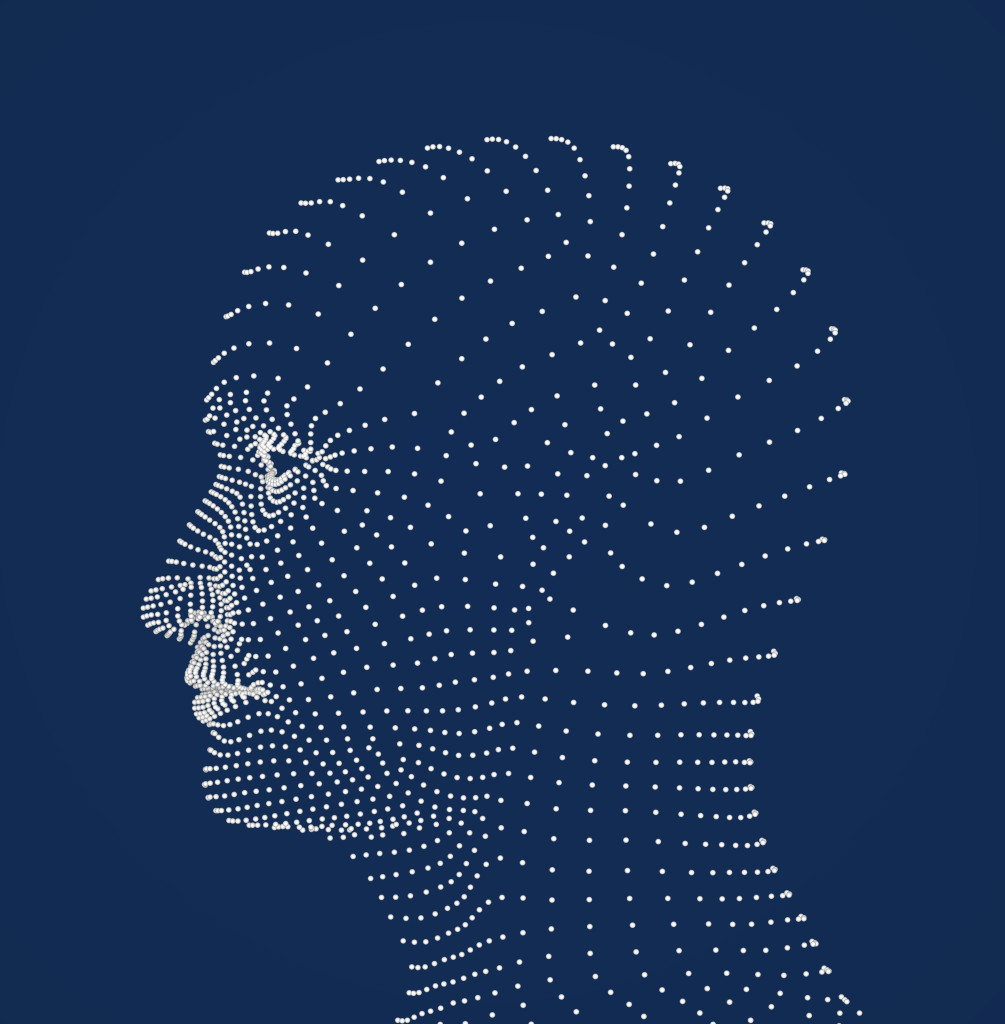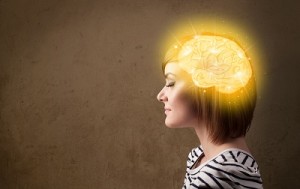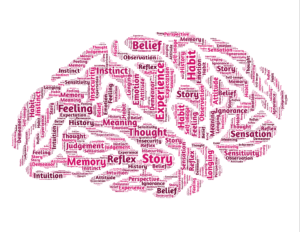- Calls to this hotline are currently being directed to Within Health, Fay or Eating Disorder Solutions
- Representatives are standing by 24/7 to help answer your questions
- All calls are confidential and HIPAA compliant
- There is no obligation or cost to call
- Eating Disorder Hope does not receive any commissions or fees dependent upon which provider you select
- Additional treatment providers are located on our directory or samhsa.gov
Anorexia Nervosa State of Mind in Recovery

Research has shown that individuals suffering from Anorexia Nervosa (AN) often struggle with cognitive deficits. These deficits include difficulties with set-shifting, central coherence, and decision-making.
It is thought that some of these deficits are a result of the disorder, while others may be a consistent trait that makes one more vulnerable to developing the disorder. [1, 2]
Anorexia and Brain Function
Set-shifting refers to cognitive flexibility or the ability to move or change mental and behavioral strategies. Research has suggested that AN sufferers commonly exhibit difficulty with set-shifting, as they commonly exhibit rigid thinking during the acute phase of the illness, after weight restoration, and in recovery.
It may manifest as rigid rules about which foods they can eat, routinized behaviors, and difficulty multitasking. When habits are interrupted, they may become extremely upset. [1, 2]
Research has found that this difficulty with cognitive flexibility appears to persist well into recovery. Therefore, it is thought to be more of a trait rather than a state — meaning that this cognitive style is more reflective of a consistent trait — one that may add to one’s vulnerability of developing anorexia, rather than a state resultant of AN. [1, 2]
Central coherence, or a preoccupation with details and relative lack of attention to the bigger picture, is another area of anorexia and brain struggles. Individuals with anorexia are usually good at focusing on details but to the exclusion of seeing the bigger picture.
For example, they may become preoccupied with details such as calorie content or fat content of a particular food item and be unable to consider the larger context of overall nutritional intake. Research has suggested that like set-shifting, central coherence may also be trait related, and deficits may be present even in recovery. However, findings are inconsistent. [1, 2]
 In regard to decision-making, individuals battling anorexia and brain issues often show that they struggle with making and trusting decisions. This could apply to decisions regarding food and what to eat, but also in other settings outside a meal situation.
In regard to decision-making, individuals battling anorexia and brain issues often show that they struggle with making and trusting decisions. This could apply to decisions regarding food and what to eat, but also in other settings outside a meal situation.
Few studies have researched decision-making in anorexia recovery. However, those studies that do exist suggest that decision-making is not impaired in those recovered from AN. [1, 2]
Improving These Deficits in Recovery
One type of anorexia treatment, Cognitive Remediation Therapy (CRT), focuses on improving these cognitive deficits. CRT consists of mental exercises aimed at improving cognitive strategies and thinking skills through practice. Some examples include: [3]
- Changing the order of a routine behavior. For example, the order in which you brush your teeth and change clothes in the morning or at bedtime. If you normally brush your teeth after putting on your pajamas, do the opposite and brush your teeth before putting on your pajamas. Some other examples may be sitting in a different place at mealtimes, reading the newspaper in a different order from your usual routine, or experiment with drawing/painting using your non-dominant hand.
- Stroop tasks. For example, being shown a picture that has a word overlaid on the picture. The aim is to switch between saying what the picture is and the word that is overlaid on the picture as accurately and as quickly as possible.
- Switching attention tasks. The aim of this task is to practice switching between two different pieces of information (for example, animal and place names) swiftly and accurately while also holding in mind a rule that requires remembering the previous answer (for example, the letter of the alphabet). Using these examples, the task looks like: A antelope B Barcelona C cat D Denmark and so on…
- Optical illusions tasks. The aim of the Illusions task is to practice holding two ideas – seeing the bigger picture as well as the details, but also to practice switching between different pieces of information. For example, the illusions task may require switching between seeing a face and a vase. Some examples can be found here: http://brainden.com/optical-illusions.htm
- Word searches. Word searches are great practice for focusing on relevant information amongst an irrelevant stimulus.
These exercises and practices to address anorexia and brain issues are just a few found in CRT. In CRT, the therapist also provides psychoeducation to help the patient understand their process of thinking, encouraging the patient to reflect on their performance in cognitive exercises, and drawing parallels to behaviors in real life. [2, 3].
 The thought is that by targeting cognitive flexibility and central coherence with these practices, the struggling individual will be able to apply the new cognitive skills to eating-related tasks.
The thought is that by targeting cognitive flexibility and central coherence with these practices, the struggling individual will be able to apply the new cognitive skills to eating-related tasks.
For example, with training, those with anorexia and brain deficits may be more willing to try new foods or to focus on balance in their entire meal plan and not get bogged down in the nutrient makeup of a single food. [2, 3]
There have been clinical trials of CRT with child, adolescent, and adult individuals with AN. Preliminary research has shown that CRT is acceptable to the majority of these individuals.
It is thought that because CRT does not target emotionally-charged content, it may be less overwhelming for individuals who are not prepared to tackle emotional issues or make behavioral changes related to eating.
Furthermore, CRT appears to have the potential to enhance the effectiveness of traditional treatments, reduce treatment dropout, improve cognitive abilities, improve quality of life, and reduce eating disorder symptoms. [2, 3]
Sources:
[1] Fuglset, T.S. (2019). Set-shifting, central coherence and decision-making in individuals recovered from anorexia nervosa: a systematic review. J Eat Disord 7(22). doi:10.1186/s40337-019-0251-5 Retrieved from https://jeatdisord.biomedcentral.com/articles/10.1186/s40337-019-0251-5 on Jan 13, 2020. [2] Muhlheim, L. (2018). Cognitive Remediation Therapy for Anorexia Nervosa. Retrieved from https://www.verywellmind.com/cognitive-remediation-therapy-for-anorexia-nervosa-4003481 on Jan 13, 2020. [3] Tchanturia, K., Davies, H., Reeder, C., Wykes, T. (2010). Cognitive Remediation Therapy for Anorexia Nervosa. Retrieved from https://www.national.slam.nhs.uk/wp-content/uploads/2014/04/Cognitive-remediation-therapy-for-Anorexia-Nervosa-Kate-Tchantura.pdf on Jan 13, 2020.About the Author:
 Chelsea Fielder-Jenks is a Licensed Professional Counselor in private practice in Austin, Texas. Chelsea works with individuals, families, and groups primarily from a Cognitive Behavioral Therapy (CBT) and Dialectical Behavior Therapy (DBT) framework.
Chelsea Fielder-Jenks is a Licensed Professional Counselor in private practice in Austin, Texas. Chelsea works with individuals, families, and groups primarily from a Cognitive Behavioral Therapy (CBT) and Dialectical Behavior Therapy (DBT) framework.
She has extensive experience working with adolescents, families, and adults who struggle with eating, substance use, and various co-occurring mental health disorders. You can learn more about Chelsea and her private practice at ThriveCounselingAustin.com.
The opinions and views of our guest contributors are shared to provide a broad perspective on eating disorders. These are not necessarily the views of Eating Disorder Hope, but an effort to offer a discussion of various issues by different concerned individuals.
We at Eating Disorder Hope understand that eating disorders result from a combination of environmental and genetic factors. If you or a loved one are suffering from an eating disorder, please know that there is hope for you, and seek immediate professional help.
Published January 24, 2020, on EatingDisorderHope.com
Reviewed & Approved on January 24, 2020, by Jacquelyn Ekern MS, LPC

The EatingDisorderHope.com editorial team comprises experienced writers, editors, and medical reviewers specializing in eating disorders, treatment, and mental and behavioral health.

